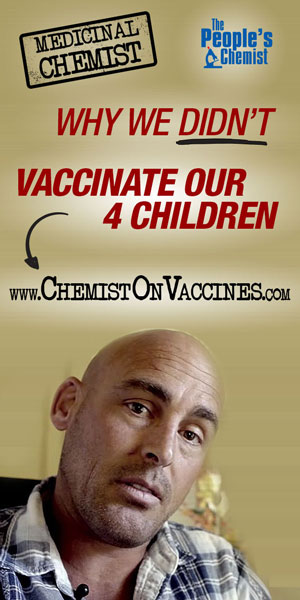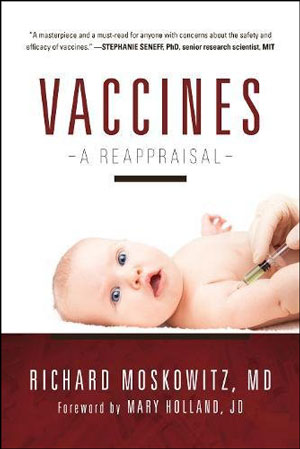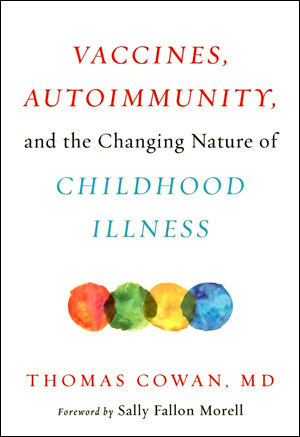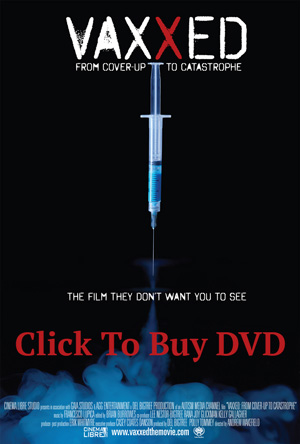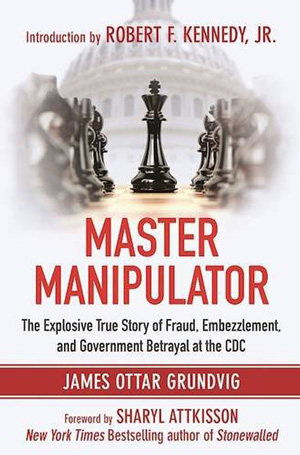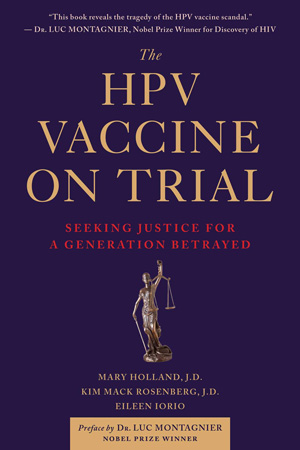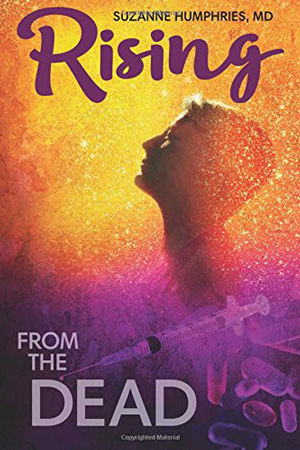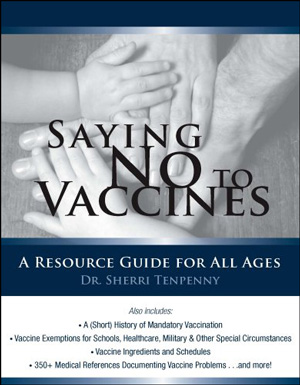
How to Have the Crucial Conversation About Vaccines
One of the biggest challenges we face is how to talk about vaccination with the people around us. Whether it is your family, a close friend or just a neighbor that you would like to help, vaccination is an emotionally charged, divisive, and complicated topic. Under these set of circumstances, it becomes challenging to have open and fruitful discourse that doesn’t degenerate into angry outbursts, upsetting interactions, and damaged relationships. In order to spread knowledge and awareness about the risks and dangers of vaccines, we need to utilize a conversational toolbox to overcome emotional and fear-based roadblocks. We do this by learning the skills of having a crucial conversation: communication that occurs when there are opposing opinions, high stakes and strong emotions (Crucial Conversations).
What is the First Step in Talking about Vaccination?
In order to educate, discuss or try to change someone’s opinion on any topic, you need to be knowledgeable about the facts. Most people that have transitioned from pro-vaccination to ex-vaccination or just pro-vaccine choice, have had a personal life experience or sentinel event that has altered their path and resulted in extensive research and exploration on this topic. They know the facts, the science, and also are intimately familiar with not just their own story but many other stories about children and families seriously or permanently harmed or killed by vaccines. If you don’t feel quite ready to converse or debate this topic then doing some research first is key. A good article to start with about measles is here (MMR dangers).
You might think that hearing about other people’s devastating experiences or being shown research disproving widespread vaccine myths would be enough to convince someone of the dangers. But due to the highly charged nature of this topic, sometimes the biggest challenge is just persuading someone to lower their defenses enough to hear the words we are saying and not respond with an emotional kneejerk reaction. Fortunately, that initial frustrating conversational roadblock can be avoided through the use of an effective and proven communication approach to engaging the people in our lives in this vitally important dialogue that affects the health and well-being of all of us.
So How does this Crucial Conversation Work?
In order to have open, honest, and productive discourse, there needs to be a shared pool of meaning. Everyone has their own pool that is an individual combination of all of our thoughts, feelings, and experiences that guides our behavior. But when your pool of meaning is shared with other people, new information, understanding, and awareness is developed and that leads to better informed decisions. But how do you start to share your pool of thought in a manner that others will listen? The first step is to start with heart. Focusing on what you truly want to achieve will be most effective. If you are talking to a family member, this might look like, “My main goal is to keep my daughter healthy.” Being straight-forward about your motivations help to focus you on your purpose (i.e. it is not about proving the other person wrong–which you may want to do but is not an effective technique if you really want them to listen).
Dialogue Danger Signs
As you proceed in your discussion, it is important to watch for danger signs that the conversation is degenerating into silence or violence. You are aware that things are getting heated and suddenly your friend is going to silence (withdrawing or avoiding the topic at hand). Or perhaps you are talking to your spouse and suddenly there are signs of conversational violence (yelling, labelling, name-calling). It is important to know what your own personal response style is when you feel threatened. That awareness is helpful in getting the conversation back on track. How do you proceed from silence or violence? You take a step back: “Look, I think we took a detour here. I didn’t mean for us to get upset.” Next you want to re-establish your mutual purpose. “We are both concerned about keeping our kids healthy. Let’s figure out how best to do that together.”
R-E-S-P-E-C-T
The most essential element in any crucial conversation is ensuring that mutual respect is maintained. “Respect is like air. No one thinks about it. But if you take it away, it’s ALL people can think about” (Crucial Conversations). It can be challenging under these circumstances to respect people when…you feel like you don’t respect them! But focusing on their humanity and how we are similar instead of how we are different can help in this endeavor; such as remembering that they have children that they are trying to protect, too, even if they don’t currently have the right information to do so. It is a much harder goal to maintain respect when you are conversing with a stranger on social media. But perhaps these are not the people that you are truly worried about having a crucial conversation with and maybe consider changing your focus and energies to someone that you feel will be more open to learning. We make a difference even if we impact just one person at a time.
Further skills in getting a dialogue back to a safe zone include apologizing when appropriate. “I didn’t mean to be disrespectful just now. I was feeling frustrated. Let’s get back to the topic at hand.” If apologizing is not the right tact, then contrasting to resolve the misunderstanding is useful. “I can see how what I said made you upset but that wasn’t my intent. What I meant to get across is…” Another good technique is to find the part that you agree on and then building to add another component to your argument: “I think we both agree that pharmaceutical companies do not have our best interests at heart. In addition, this makes me question the validity of the CDC using pharmaceutical-sponsored research…”
Understanding How to Communicate Effectively is Half the Battle
When you want to “speak persuasively but not abrasively,” the key is to share your FACTS, as they tend to be less emotional, subjective or controversial than your opinions or your feelings. That allows you to formulate your story in a way that people can understand how you have reached your conclusions. As you verbalize how you put your pieces together, asking others for their viewpoint at this juncture allows them to express where their confusion or disagreement lies. This also allows for the shared pool of meaning to grow. Sometimes this is how we uncover what is really at the heart of the individual’s concerns.
It often seems that the biggest challenge we face in this vaccine battle is trying to understand how people in support of vaccines do not share our valid fears and concerns when presented with the same information that resulted in a major life alteration for us. And it is frustrating to realize that some people are never going to change their mind no matter how much evidence is presented to them. But there exists in this country a tremendous number of people that are open to enlightenment and there is an opportunity for all of us within this community of ex-vaxxers or pro-choicers to use our knowledge to spread positive awareness and support in a meaningful way to enact change.
Whether you are new to this movement or have been involved from the very beginning, we all can work on improving how we communicate our message and understanding the strategies and techniques out there, such as crucial conversations, to ensure that our voices are not just heard by those around us but that they inspire and motivate those same people to raise their voices with us in advocacy, education, and awareness.






